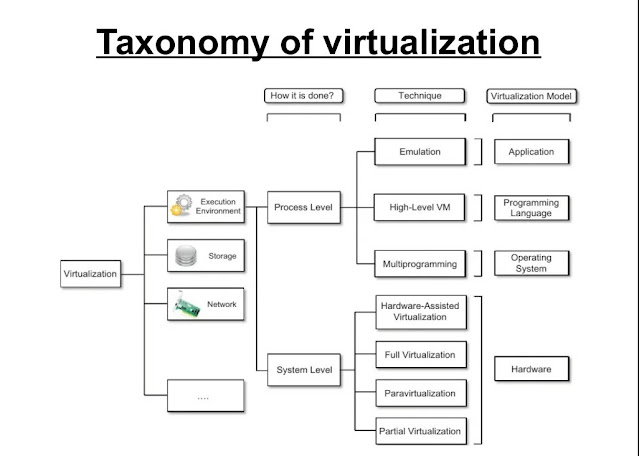Write short note on E-Readiness in Nepal
E-Readiness in Nepal
ER is a measure of a country’s readiness and willingness to attain benefits, which arise from the ICT activities (Kautish et al, 2016, 2018, 2019). ER is widely used to measure the ability of a country to take part in e- activities. ER indicators provide an outline of a country’s situation and can easily form a baseline for comparison and future planning. It also helps in the improvement and identifying the areas where support is required. It is also one of the useful tools to measure the minimum required levels of infrastructure, education, training, and supportive government policies to cater to benefit from ICT (Dada, 2006).
Nepal’s ER has significantly improved from the world ranking of 135 in the year 2016 to the world ranking of 117 in the year 2018 with the improvement of EGDI score of 0.4748 in 2018 in comparison to EGDI score of 0.3458 in 2016. This indicator shows the improvement of Nepal’s EG index ranking thereby putting the country towards a significant development in ICT. (UN, 2018). Similarly, the E-Participation Index of Nepal has jumped tremendously into the world ranking of 55 in 2018 in comparison to that of 89 in 2016. The E-Participation Index (EPI) score has improved from 0.5085 in 2016 to 0.7809 in 2018. This shows that e- Participation in the country has increased significantly. This indicates that Nepal is getting better in terms of technology implementation and usage, which shows that there is a very favorable environment for the implementation of EG in the country. (UN, 2018).



Comments
Post a Comment